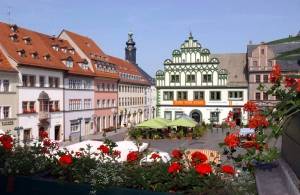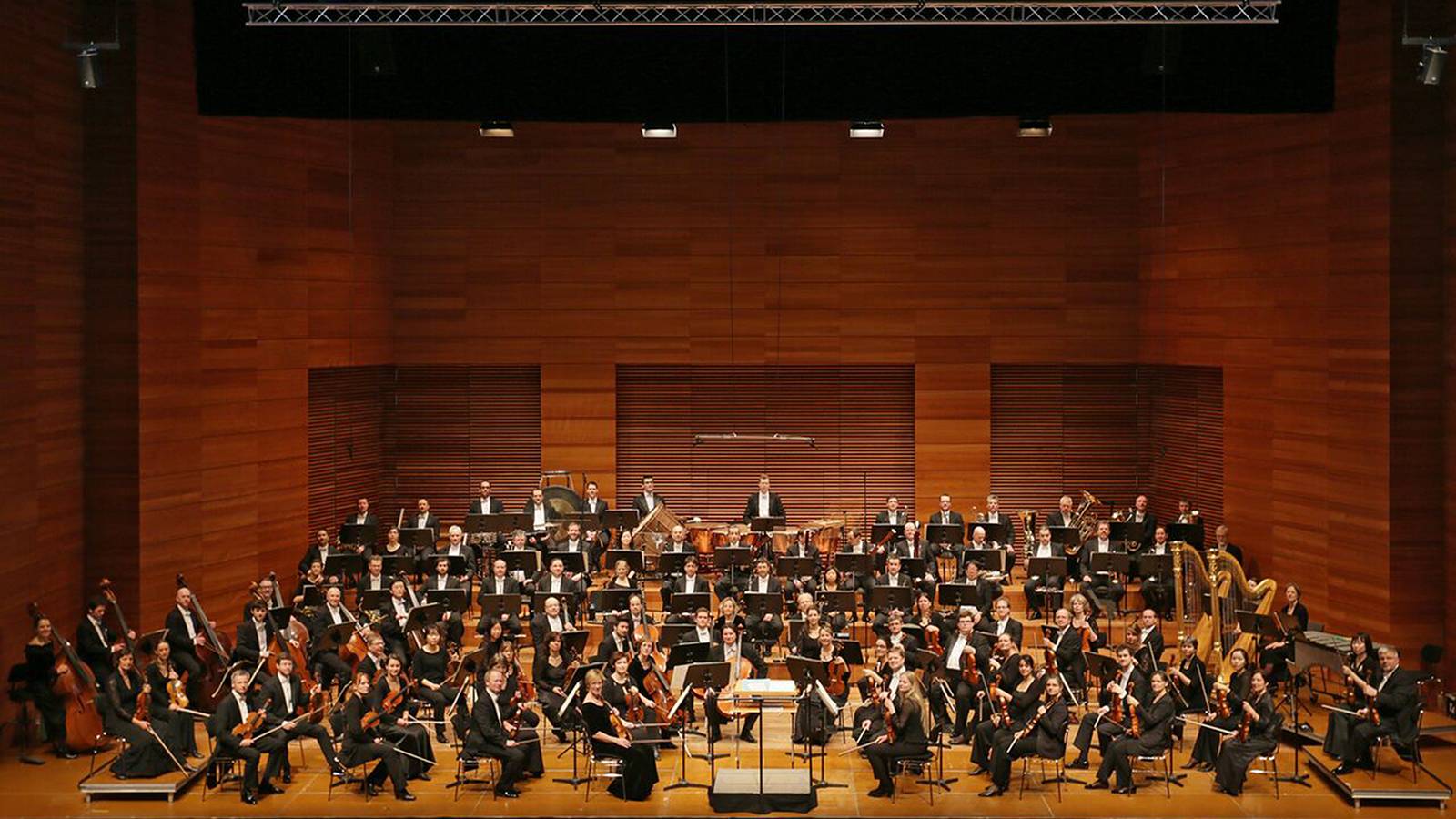On March 10, one of the world’s oldest orchestras will visit the Krannert Center for Performing Arts for an evening of German music. The Staatskapelle Weimar will make Krannert’s Foellinger Great Hall part of their first North American tour, which features a conductor and violin soloist from Ukraine.
Also known by its English designation as the Weimar State Orchestra, this ensemble represents one of western Europe’s most historic cities that has nurtured some of the great artistic talent of the post-Renaissance world. Some of these historic figures have had direct involvement with the Staatskapelle.
Precursors of this orchestra date from 1482, and the orchestra that we know claims its founding to be year before Columbus’ first voyage to the Western Hemisphere, 1491. Yet, the name by which we know this orchestra today was not formally adopted until 1988.
Over the centuries, many famous musicians and composers have been affiliated with this orchestra or have led them. Among the musical legends associated with the Staatskapelle Weimar are: Johann Sebastian Bach, Johann Nepomuk Hummel, Franz Liszt and Richard Strauss.
The historic city of Weimar today has a mere 66,000 residents within its city limits and around 500,000 in its metropolitan area, but it is one of western Europe’s cultural icons. UNESCO has multiple World Heritage designations in Weimar as places of great cultural and historic significance. The reason is more complex than its legendary symphony orchestra.
 Weimar was a major center of the German Enlightenment with the likes of Johann Wolfgang von Goethe, Friedrich Schiller, Franz Liszt, calling Weimar home in the nineteenth century. The twentieth century tended to attract artists and architects like Paul Klee, Walter Gropius and Wassily Kandinsky.
Weimar was a major center of the German Enlightenment with the likes of Johann Wolfgang von Goethe, Friedrich Schiller, Franz Liszt, calling Weimar home in the nineteenth century. The twentieth century tended to attract artists and architects like Paul Klee, Walter Gropius and Wassily Kandinsky.
After World War I, Germany’s first democratic constitution was signed in Weimar, giving its name to that government that ruled Germany from 1981 to 1933, the Weimar Republic. After World War II, Weimar was part of the Communist dominated German Democratic Republic, or East Germany and its tourism was greatly diminished.
Since the 1990s, which saw the collapse of Soviet-style communism in the governments of Eastern Europe that brought the reunification of Germany, tourism in Weimar slowly recovered and its orchestra began to tour. The designation of multiple areas of Weimar as UNESCO World Heritage sites in 1996 and 1998, gave the road to recovery a major enhancement.
Now, the Weimar Staatskapelle is ready for North America and our Krannert Center is one of the lucky tour stops. Concert goers on March 10 will hear Ukrainian violinist Valerly Sokolov perform the Brahms violin concerto. Conducting from the podium that evening will be fellow countryman, Krill Karabits. He will supplement that famous concerto with Brahms’ “Academic Festival Overture” and the first symphony of Brahms.
_______________________________________________________________________
For tickets and more information, click here.








